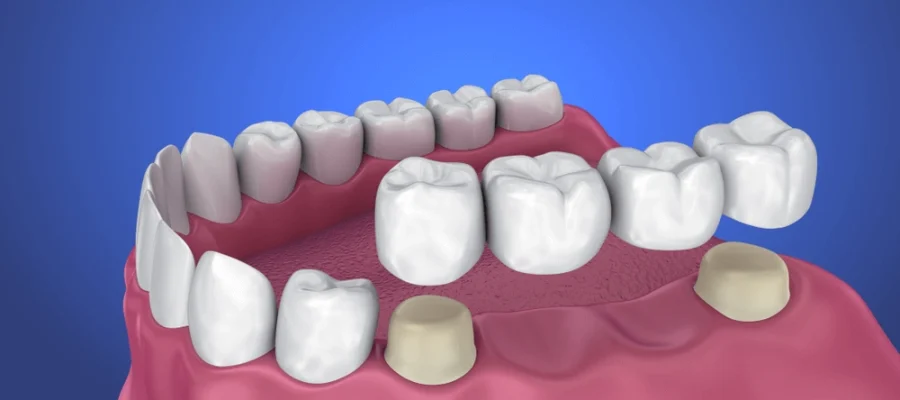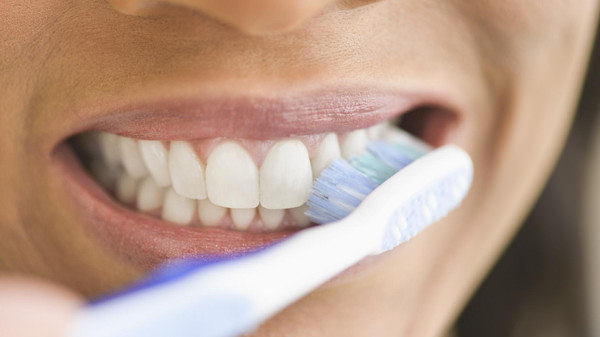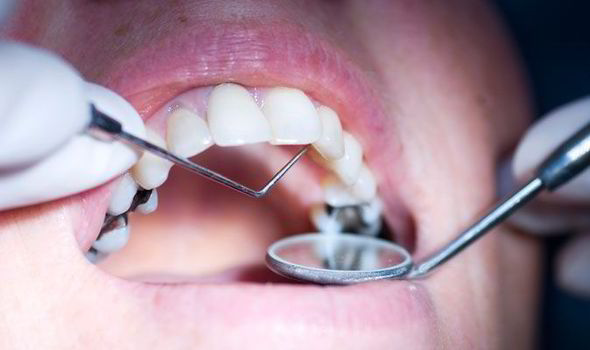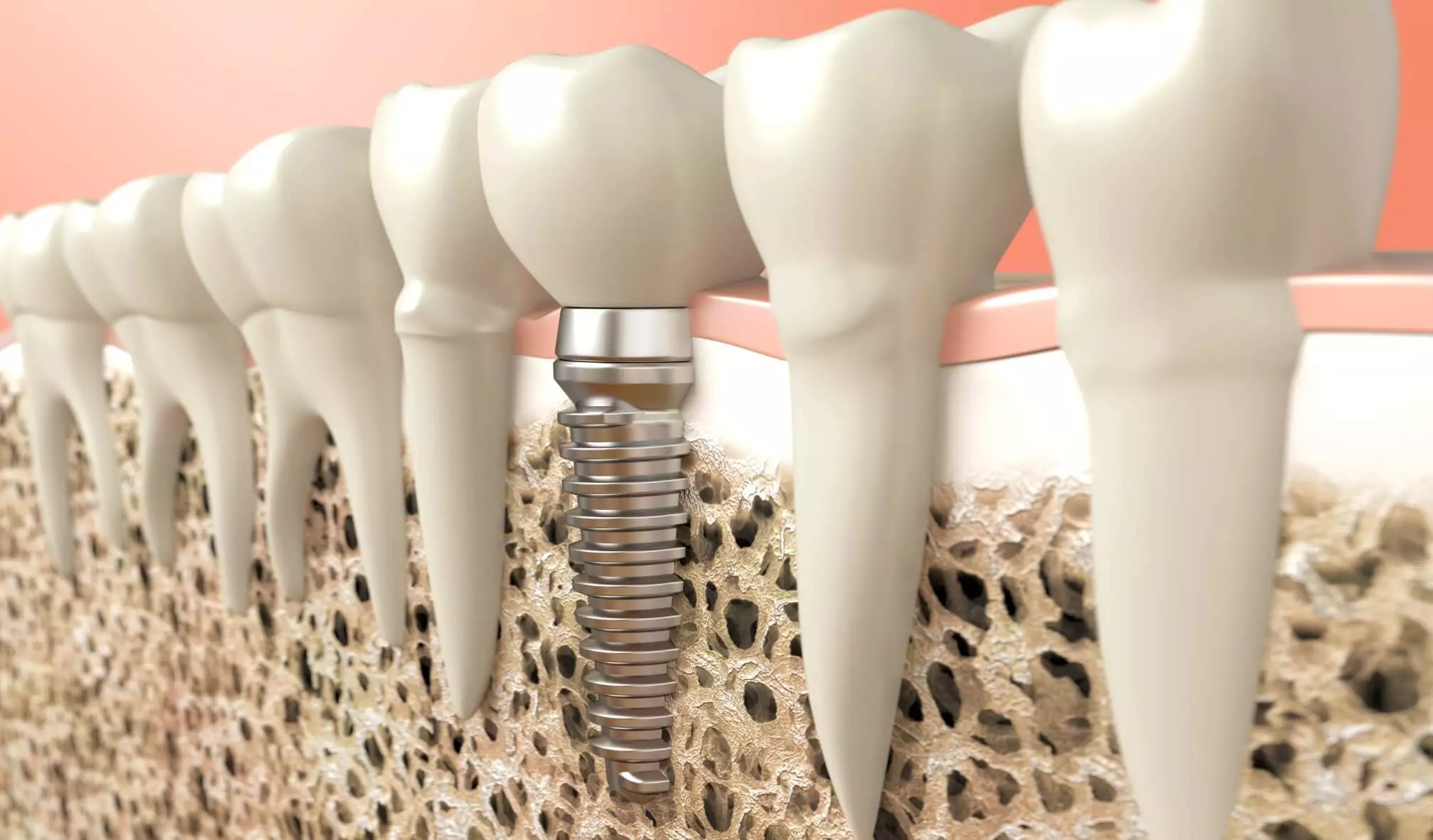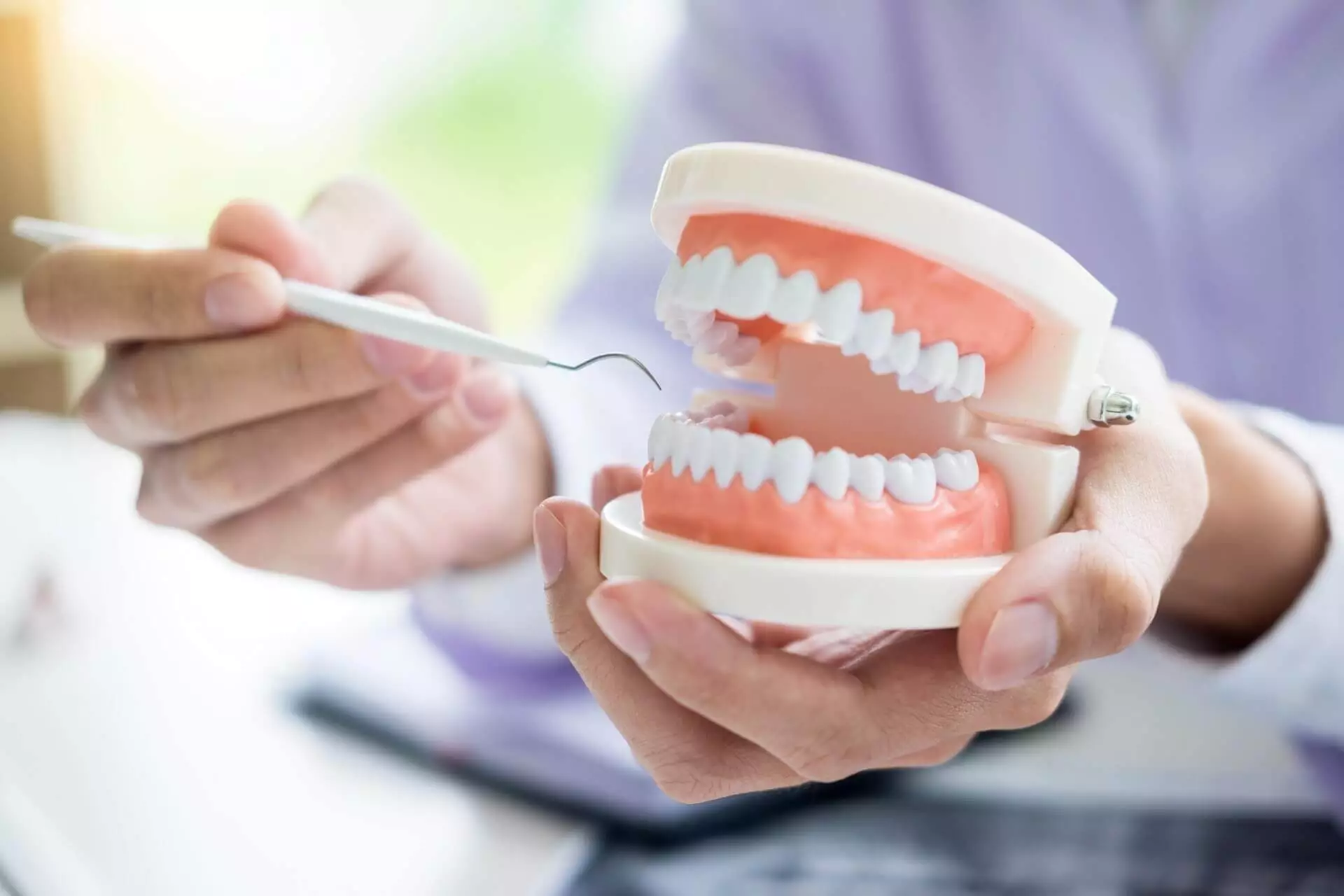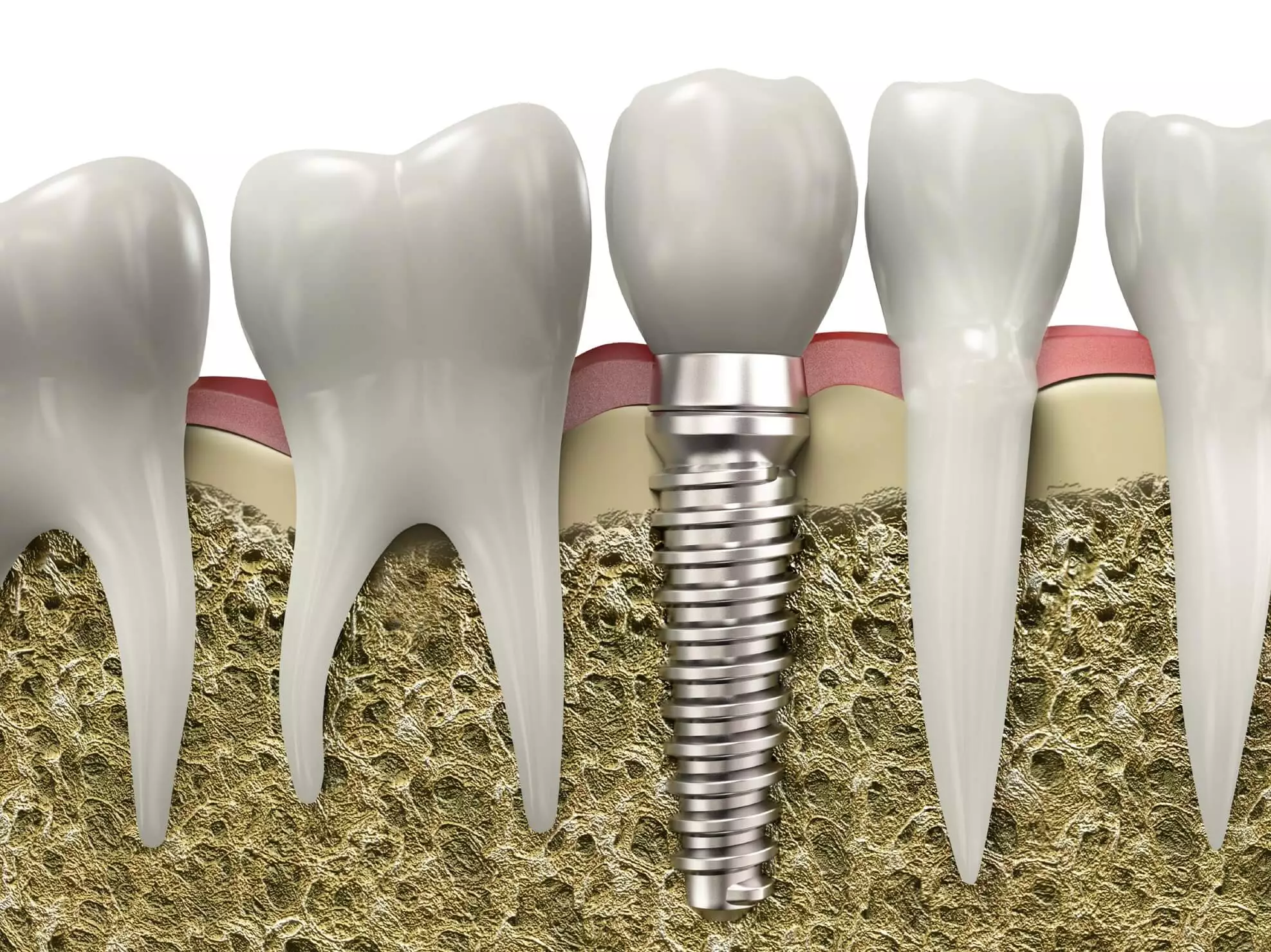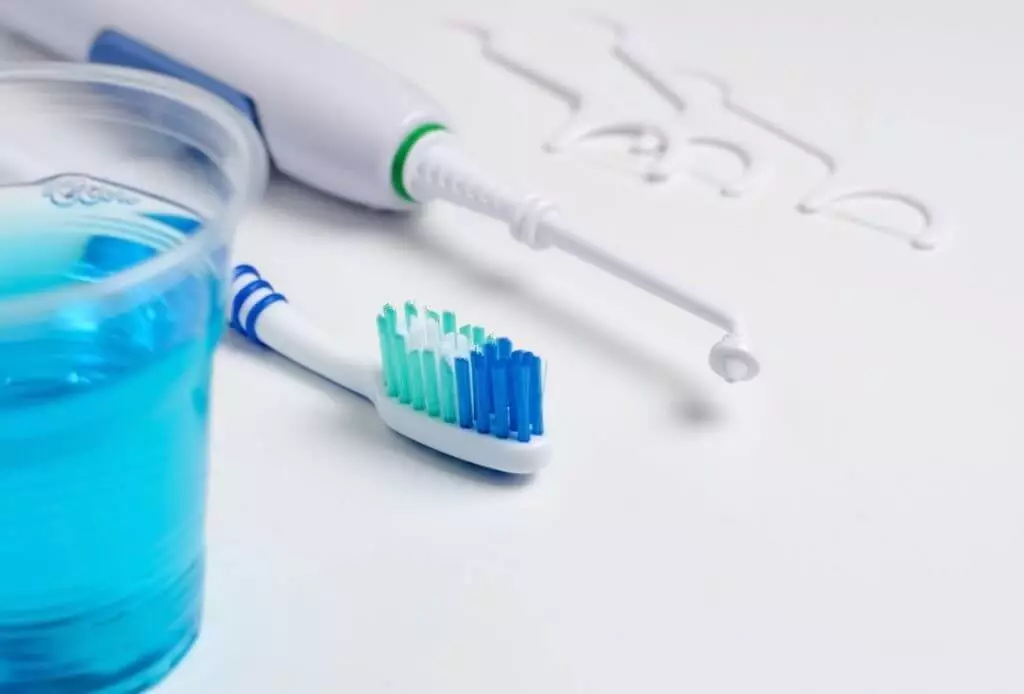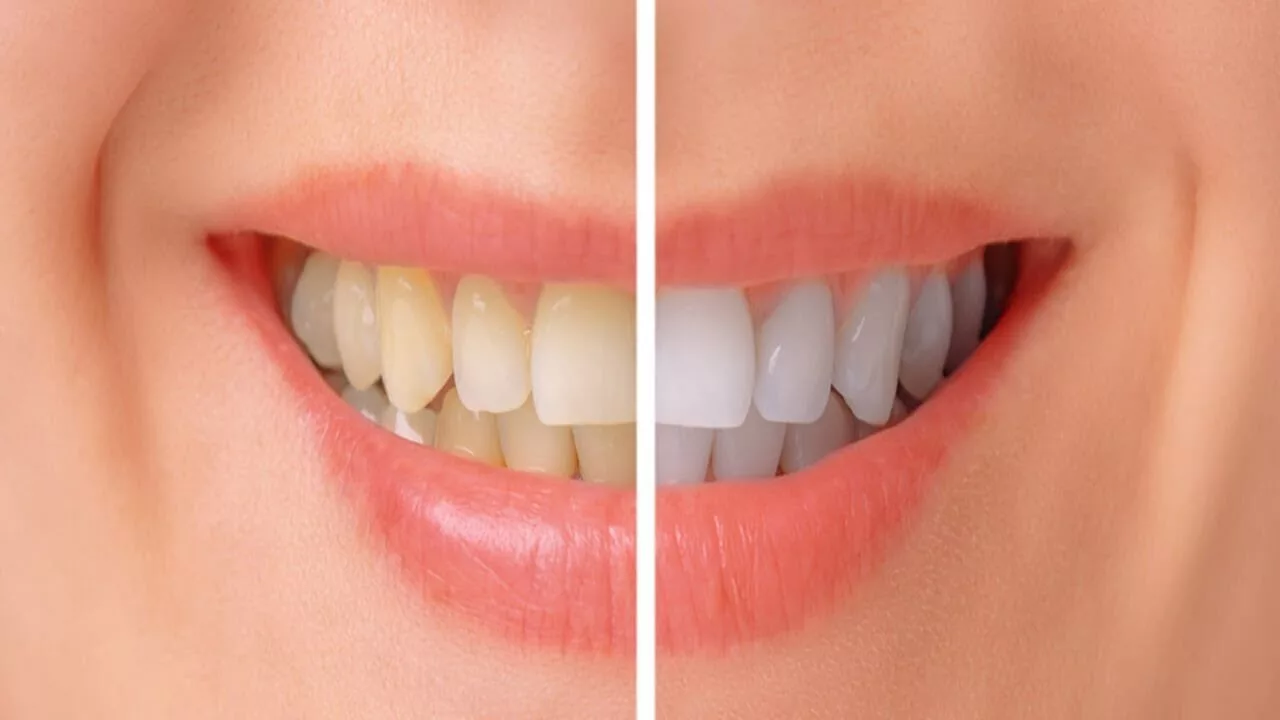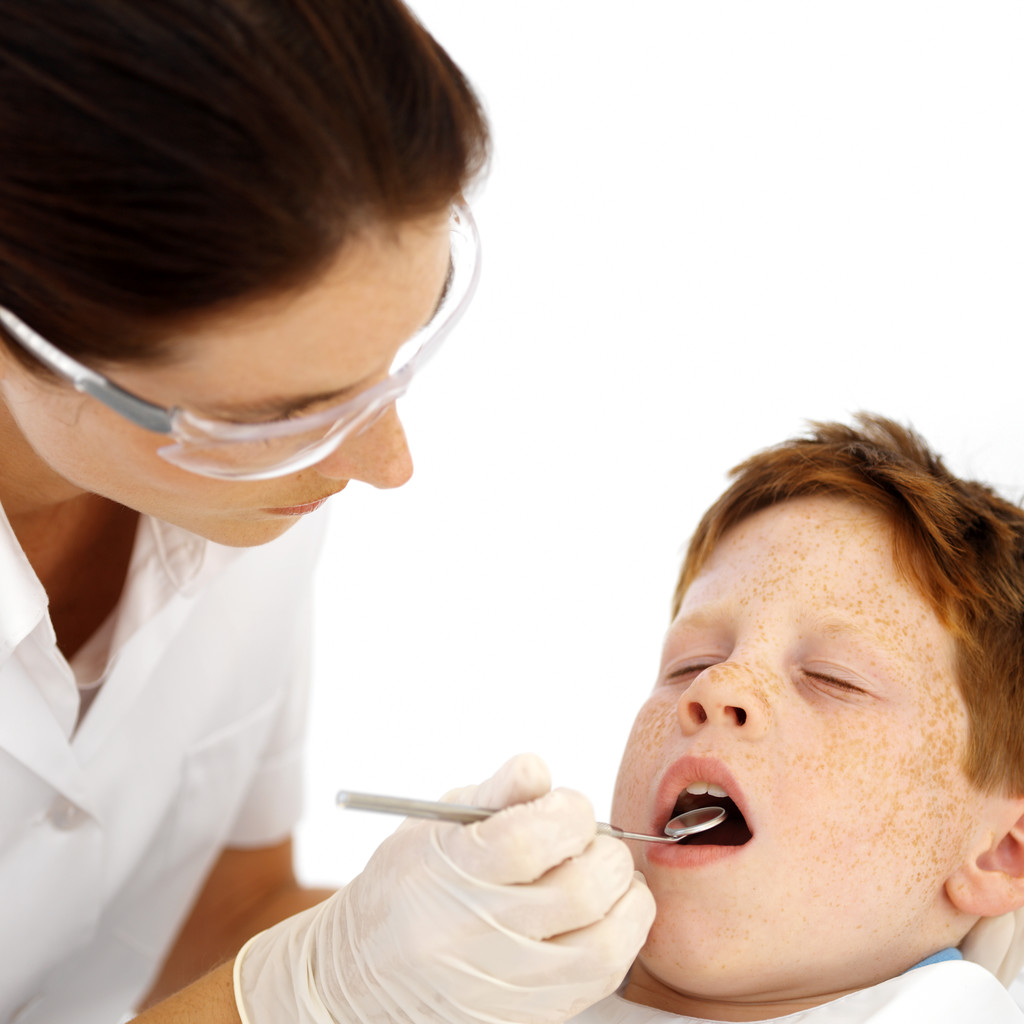Healing properly after wisdom teeth extraction is crucial to prevent complications like dry socket, infection, or delayed recovery. This guide outlines everything you need to know for a smooth wisdom teeth recovery. Follow these step-by-step post-operative instructions and contact your oral surgeon with any questions or concerns.

Content
Bleeding After Wisdom Teeth Removal
Mild to moderate bleeding is normal during the first 24 hours of recovery.
To control bleeding:
- Firmly bite on clean gauze placed over the surgical site for 45–60 minutes.
- Change gauze every 20–30 minutes, especially if it becomes soaked.
- Slight oozing or pink-tinged saliva is expected and not cause for alarm.
- Refrain from physical exertion and keep your head elevated to reduce blood pressure at the site.
- Avoid rinsing, sucking, or spitting for the first day—these can disrupt clot formation.
If bleeding continues heavily after 24 hours or you’re soaking through multiple gauze pads in an hour, contact your oral surgeon immediately.
Swelling During Wisdom Teeth Recovery
Swelling typically appears within 12 hours and peaks between 48–72 hours post-surgery.
Reduce swelling by:
- Applying an ice pack on the affected side of your face for 20 minutes on, 20 minutes off, during the first 36–48 hours.
- Keeping your head elevated while sleeping—use two pillows if needed.
- After 48 hours, switch to warm compresses to encourage circulation and reduce stiffness.
Note: Minor bruising around the jaw or cheeks is common and will fade gradually.
Managing Postoperative Discomfort
Pain is usually mild to moderate and can be well managed with proper medication and care.
Pain relief tips:
- Take prescribed pain medications on time, especially before numbness wears off.
- Over-the-counter options like ibuprofen can help with inflammation and pain.
- Avoid aspirin unless advised—it may increase bleeding.
Pain should steadily decline over 3–5 days. If it worsens after this period, it may indicate a complication such as dry socket.
Signs & Prevention of Infection
Keeping the surgical area clean is vital for preventing infection during your wisdom teeth recovery.
To avoid infection:
- Complete your full course of antibiotics if prescribed.
- Do not touch or poke the surgical site.
- Begin gentle saltwater rinses (1/2 tsp salt in 8 oz water) 24 hours post-surgery, 3–4 times a day.
Signs of infection include:
- Persistent pain after day 4
- Swelling that increases after day 3
- Pus or bad taste in the mouth
- Fever over 100.4°F
Contact your oral surgeon right away if you experience any of the above.
Stitches (Sutures)
Sutures help close the surgical area and support the healing process.
- Dissolvable sutures typically fall out on their own within 5–7 days.
- If your surgeon placed non-dissolving stitches, a follow-up appointment will be scheduled for removal.
- Avoid touching sutures with your tongue or toothbrush.
Wisdom Teeth Recovery: Essential Tips
Follow these tips closely to promote optimal healing:
- Hydration: Drink plenty of water, but avoid straws.
- Rest: Take it easy for the first 48–72 hours. Limit talking, chewing, or strenuous movement.
- Smoking/Vaping: Avoid all forms of smoking or vaping for at least 72 hours to prevent dry socket.
- Clot Protection: Be gentle with your mouth—do not disturb the healing area.
Brushing and Oral Hygiene after Surgery
Maintaining oral hygiene is critical—just be cautious.
- Avoid brushing the surgical area on the first day.
- On day 2, resume brushing other teeth using a soft-bristled toothbrush.
- Begin gentle saltwater rinses after meals to keep the mouth clean.
- Do not use alcohol-based mouthwash for the first week.
Diet during Wisdom Teeth Recovery
Nutrition supports healing—choose soft, easy-to-chew foods.
Best foods during the first few days:
- Applesauce, yogurt, smoothies (without a straw), mashed potatoes, broths, oatmeal, scrambled eggs.
Avoid:
- Hot foods/beverages for the first 24 hours.
- Crunchy, hard, or spicy foods that may irritate the area.
- Sticky or chewy foods that could dislodge the blood clot.
As comfort improves, you can gradually transition back to your normal diet.
Dry Socket: Avoiding a Common Complication
A dry socket occurs when the protective blood clot is lost too early, exposing bone and nerves.
To prevent dry socket:
- Avoid using straws, spitting, smoking, or vaping.
- Do not rinse your mouth or brush the surgical site on the first day.
- Avoid touching the area with your fingers or tongue.
If severe pain sets in between days 3–5 and radiates to your ear or jaw, contact your provider. Prompt treatment with medicated dressings can provide rapid relief.
Warning Signs to Watch For
If you notice any of the following, call your oral surgeon immediately:
- Persistent or excessive bleeding
- Fever over 100.4°F
- Severe or worsening pain after 3–5 days
- Foul odor, bad taste, or pus
- Trouble breathing or swallowing
- Numbness that does not resolve within 24 hours
Conclusion
Your body knows how to heal—these instructions help ensure it does so safely. With proper care, you can minimize discomfort and avoid complications like dry socket or infection. If anything doesn’t feel right or you need reassurance, your surgical team is always just a phone call away.
FAQs
How long does wisdom teeth recovery take?
Recovery usually takes 7–10 days, with most swelling and discomfort improving by day 3. Full healing of the gums and jawbone may take several weeks.
What can I eat during wisdom teeth recovery?
Stick to soft foods like yogurt, mashed potatoes, and smoothies (no straws) for the first few days. Avoid crunchy, spicy, or hot foods.

Karen is a health blog author who has been writing about healthy living since 2013. She started her journey by adopting a vegan diet and eating only organic foods, but the more she learned, the more she realized that we should all be eating plant-based diets exclusively. As an expert in nutrition and wellness, Karen blogs to educate readers on how they can live happier and healthier lives through food choices!

